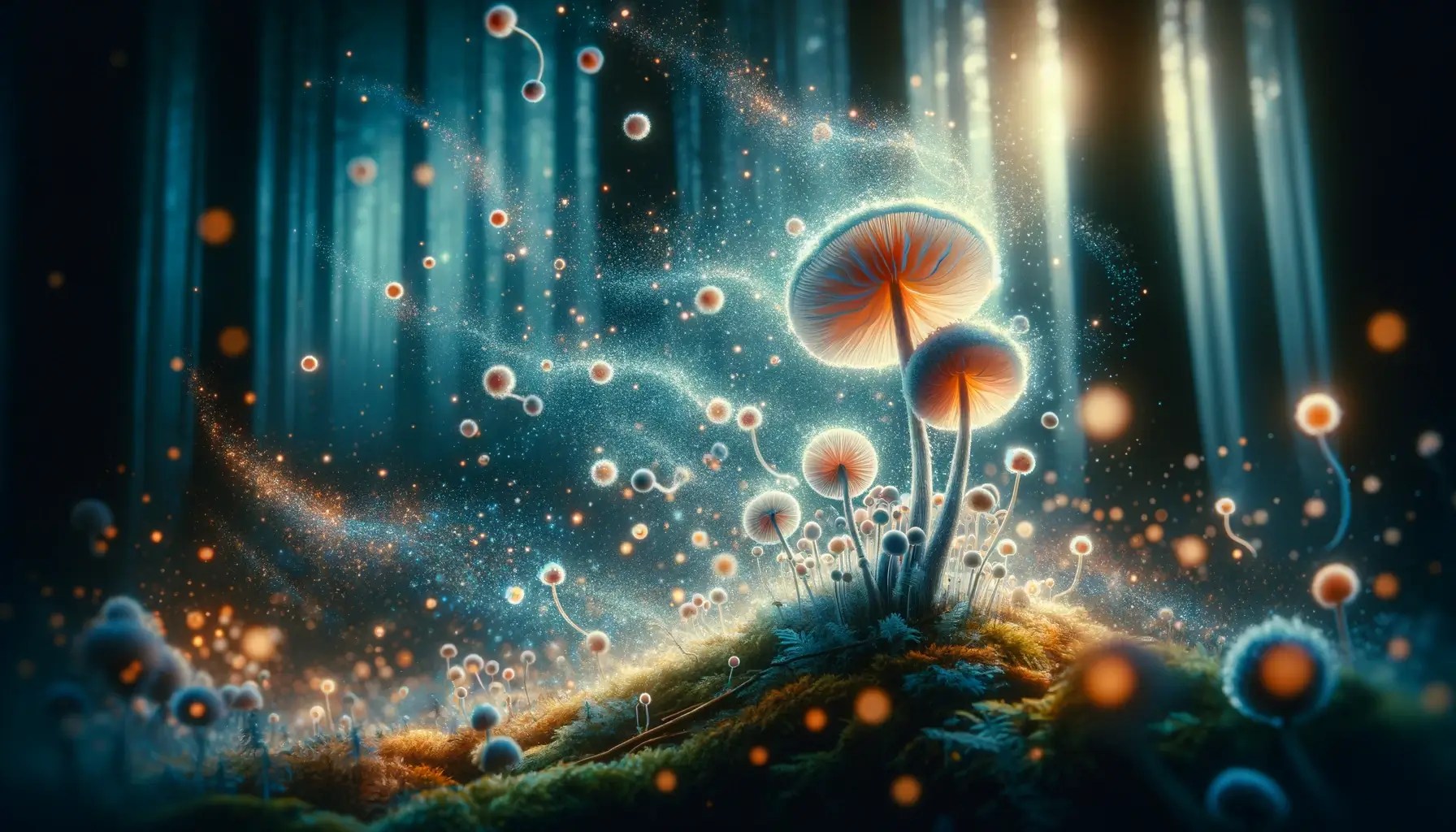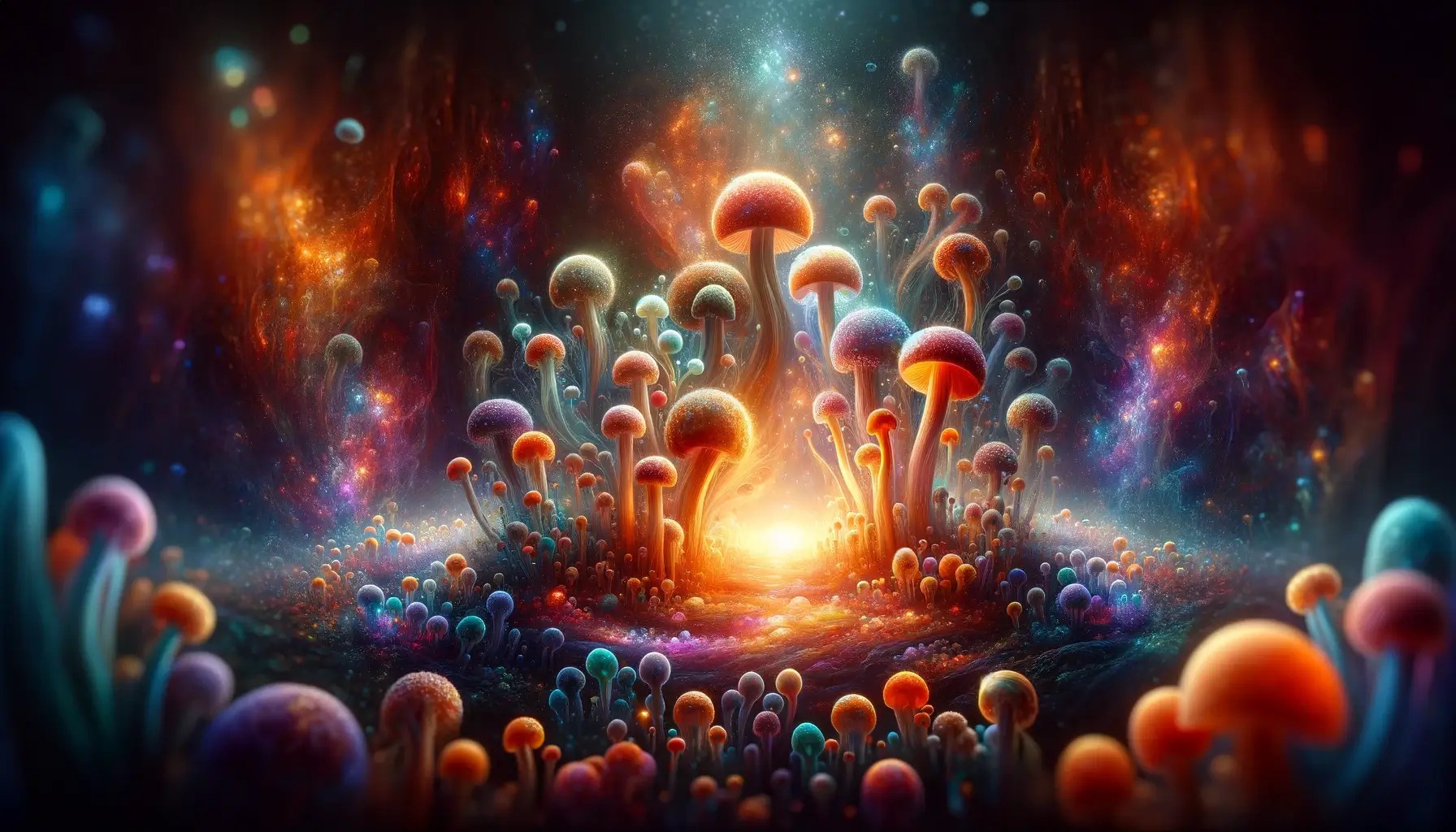Delving into the mysterious and captivating world of fungi, we find ourselves pondering a question as ancient as life itself:Where do mushroom spores come from?In this article, we aim to demystify the origins of these enigmatic reproductive units, which play a pivotal role in the propagation of mushrooms.
For those intrigued by the process and perhaps looking to explore further, ensure you visitmagic mushroom spores to delve deeper into the captivating realm of mycology.
Understanding Mushroom Spores: A Microscopic Miracle
Mushroom spores are akin to seeds in the plant kingdom—tiny, yet mighty heralds of new life. These spores form within the mushroom as part of their reproductive cycle and are typically found in the gills, pores, or teeth of the fungal fruiting body. It’s a process that evokes wonder in the minds of both scientists and enthusiasts alike.
Consider for a moment the profound journey of a spore. Upon reaching maturity, these infinitesimal particles are cast forth by their parent fungus, bound for destinations unknown. Dispersed by forces as varied as the wind’s caress, the patter of raindrops, or the scurry of an insect’s passage, each spore is a potential pioneer, seeking an environment ripe for germination and growth.
 An ethereal dance: Mushroom spores embarking on their voyage
An ethereal dance: Mushroom spores embarking on their voyage
From Spore to Hyphae: The Genesis of Fungal Networks
Once settled in a suitable location, the stage is set for a transformative event. A spore will awaken from dormancy, germinating into a filigree of hyphae. These hyphae weave through their substrate with an elegance that belies their relentless pursuit of sustenance. Over time, they form an intricate mycelial network, the foundation of a nascent fungus that will, given the right conditions, yield a mushroom anew.
It is within this complex tendrilled labyrinth that the true essence of the mushroom resides. The mycelium is the engine of growth, a subterranean tapestry that supports the visible fruiting body we so often admire. A reminder that the unseen elements of nature hold potency beyond our comprehension.
Safety and Spores: Dispelling Misconceptions
Spores are markedly resilient and are typically safe to handle and study. They present no hazard when ingested in small quantities as a part of typical culinary consumption. However, it is worthy to note that the inhalation of large volumes of spores may provoke allergic reactions in some individuals—a cautionary note for enthusiasts who might come into close contact during cultivation or wild harvesting.
 Appropriate safety gears are crucial when dealing with high concentrations of spores
Appropriate safety gears are crucial when dealing with high concentrations of spores
Psychedelic Journey: The Inimitable Psilocybin Spores
Among the multitude of spore types, those of psychedelic mushrooms, known for their psilocybin content, stand out. These unique spores grow into fungi that are celebrated and studied for their mind-altering properties. It is crucial to emphasize that while psilocybin spores are legal for research and collection in many regions, the cultivation and consumption of psychedelic mushrooms can be governed by strict legal restrictions.
 A view into the mystical world of psilocybin spores and their potential for growth
A view into the mystical world of psilocybin spores and their potential for growth
Key Takeaways
| Aspect | Detail |
|---|---|
| Spore Origin | Produced in gills, pores, or teeth of mushrooms |
| Spore Dispersal | Wind, water, animals, insects |
| Germination Process | Spores germinate into hyphae |
| Mycelial Importance | Hyphae form a network, leading to new fungal growth |
| Safety Considerations | Small ingestions are safe; inhalation might cause issues |
| Psilocybin Spores | Legal for study; cultivation/consumption can be illegal |
Remember to uphold safety and legality as pillars of your explorations in the realm of mushrooms and spores. For those venturing into the cultivation ofmagic mushroom spores, let knowledge and respect for the fungi and the laws that govern them guide your journey.
Let’s now answer some frequently asked questions that may have taken root in your curious minds.
FAQ
Q: Can mushroom spores be seen with the naked eye?
A: While individually spores are microscopic and not visible to the naked eye, they can sometimes be observed as a group when collected in the form of a spore print.
Q: Are all mushroom spores the same?
A: No, spores can vary in shape, size, and color depending on the species of mushroom from which they originate.
Q: Is it legal to purchase psilocybin mushroom spores?
A: The purchase of psilocybin mushroom spores for microscopy and collection purposes is legal in many areas. However, cultivation and consumption are often regulated by law. Always check your local regulations.
We’ve traveled through the intriguing lifecycle of mushrooms to discover the origin of spores and their role in the continuity of the fungal kin. From the microscopic to the macrocosmic, the journey of a spore is emblematic of the intricate ballet of nature. May this article serve as a beacon, illuminating the path for those of you seeking to understand these fascinating organisms, as you peruse the offerings of magic mushroom spores.
With this newfound knowledge, we encourage you to continue exploring the captivating and often misunderstood kingdom of fungi with respect, curiosity, and an informed perspective.